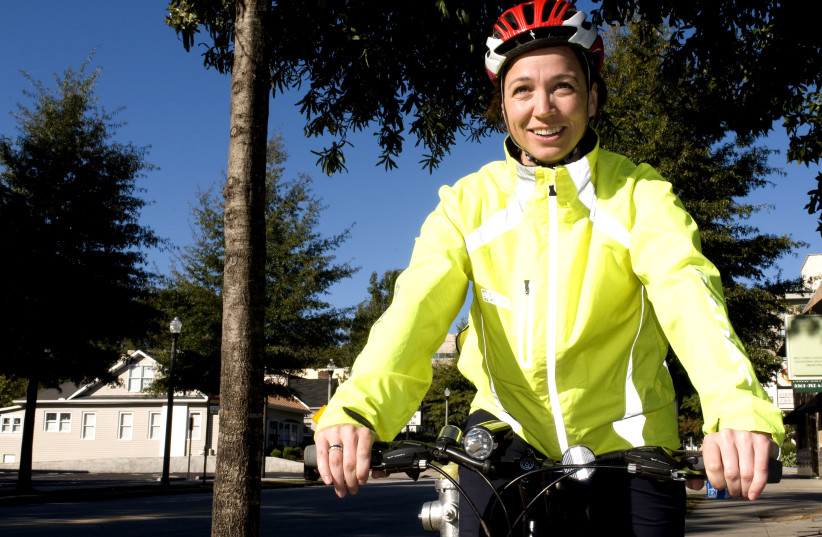As bicycles become a more popular mode of transportation, data has consistently shown that women are far less likely to take it up than men.
This phenomenon has, until recently, gone unexplained; however, in a new study, researchers aimed to understand the cause of the cycling gender gap.
The study was published in EPJ Data Science, a peer-reviewed scientific journal, in April.
“Despite [the] benefits and the recent rising popularity of cycling,” write the authors of the study, “most countries still have a negligible uptake. This uptake is especially low for women.”
In order to gain an insight as to why this is, researchers analyzed data on outdoor cycling from the tracking application, Strava, for 61 cities across the US, UK, Italy, and the Benelux (Belgium-Netherlands-Luxembourg) region.
The researchers admit to limitations to this method of data collection. While the data from Strava is able to accurately describe the behavior of people who cycle regularly, further research is warranted to determine how representative it is for those who cycle only occasionally.

Nevertheless, Strava provided enough data to make significant advances in understanding people’s cycling habits.
Comparing the rates of women cycling across cities that are located within similar geographical areas, the researchers uncovered a wide variety in the severity of gender gaps.
Women are more likely to participate when they feel safe
Perhaps unsurprisingly, the researchers find the degree to which a city's cycling scene is male-dominated is linked to the degree of urban road safety.
If the factors that determine the gender gap in cycling are consistent for both regular and occasional cyclists, the study suggests that improving the quality of cycling infrastructure could make these urban areas more woman-friendly.
This, in turn, could increase the number of women who are interested and feel comfortable taking part in the sport.
